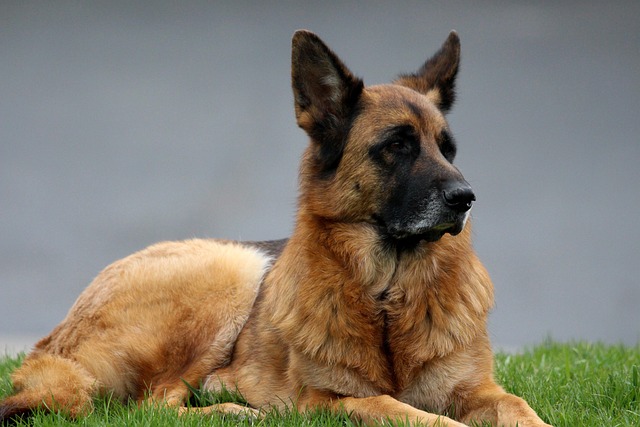
How do i train my dog to be obedient?
Watching your dog dart across the park ignoring your calls isn’t just frustrating—it can put them at risk near busy streets or public spaces.
Your Belgian Malinois puppy probably bounces off the couch, chases every squirrel in the yard, and soaks up new things faster than you can keep up—they’re smart, high-energy, and crave purpose. Training isn’t just about teaching tricks; it’s how you channel that energy into good behavior and build trust. Start with simple, consistent commands like “sit” or “stay,” using tiny, healthy treats as rewards—they’ll learn fast when positive reinforcement feels like a game.
Socialization is non-negotiable for Malinois puppies, who can be wary of new people or animals if not exposed early. Take them to puppy classes, short park visits, or even calm walks around the neighborhood—let them sniff, play gently, and meet friendly faces. Always keep them on a secure leash in public spaces to follow local leash laws, and bring their vaccination records if you’re joining group activities—this keeps everyone safe and compliant.
 Malinois thrive on mental and physical exercise, so mix training with play to tire them out in a good way. Hide treats around the house for them to find (it works their brain!) or play fetch with a frisbee—just avoid long runs until their joints fully develop. If they start chewing shoes or digging, redirect them to a tough, vet-approved chew toy instead of scolding; punishment can make them anxious, and patience aligns with kind, responsible pet care norms.
Malinois thrive on mental and physical exercise, so mix training with play to tire them out in a good way. Hide treats around the house for them to find (it works their brain!) or play fetch with a frisbee—just avoid long runs until their joints fully develop. If they start chewing shoes or digging, redirect them to a tough, vet-approved chew toy instead of scolding; punishment can make them anxious, and patience aligns with kind, responsible pet care norms.
Consistency is key—every family member should use the same commands and rewards so your puppy doesn’t get confused. For example, if “down” means lying down, don’t switch to “lay” later. As they get older, consider advanced training like obedience classes or agility—Malinois love having a job, and many local areas offer classes that follow animal welfare guidelines. Never skip vet check-ins, either; your vet can spot any health issues that might affect training progress.
Training a Malinois puppy takes time, but watching them light up when they nail a new trick or walk calmly by your side makes it worth it. These dogs bond deeply with their owners, and training becomes a way to strengthen that connection every day. With positive reinforcement, regular socialization, and lots of love, your Malinois puppy will grow into a well-behaved, happy companion who fits right into your daily life.

Watching your dog dart across the park ignoring your calls isn’t just frustrating—it can put them at risk near busy streets or public spaces.

New puppy owners often find themselves rushing to clean up accidents before they set in, and that’s where puppy pad training becomes a game-changer.

If you've noticed your dog's waistline disappearing and your veterinarian has mentioned those few extra pounds, your first instinct might be to simply reduce the amount of food in their bowl.

Training a dog to use a designated spot indoors isn’t as daunting as many new owners fear, but it does take consistency and an understanding of your pet’s needs.

That moment of dread on a walk is all too familiar for many new dog owners. You see another dog approaching down the sidewalk of your neighborhood

If the sight of another dog on your neighborhood walk makes your heart sink as your own dog erupts into a frenzy of barking and lunging, you're not alone.